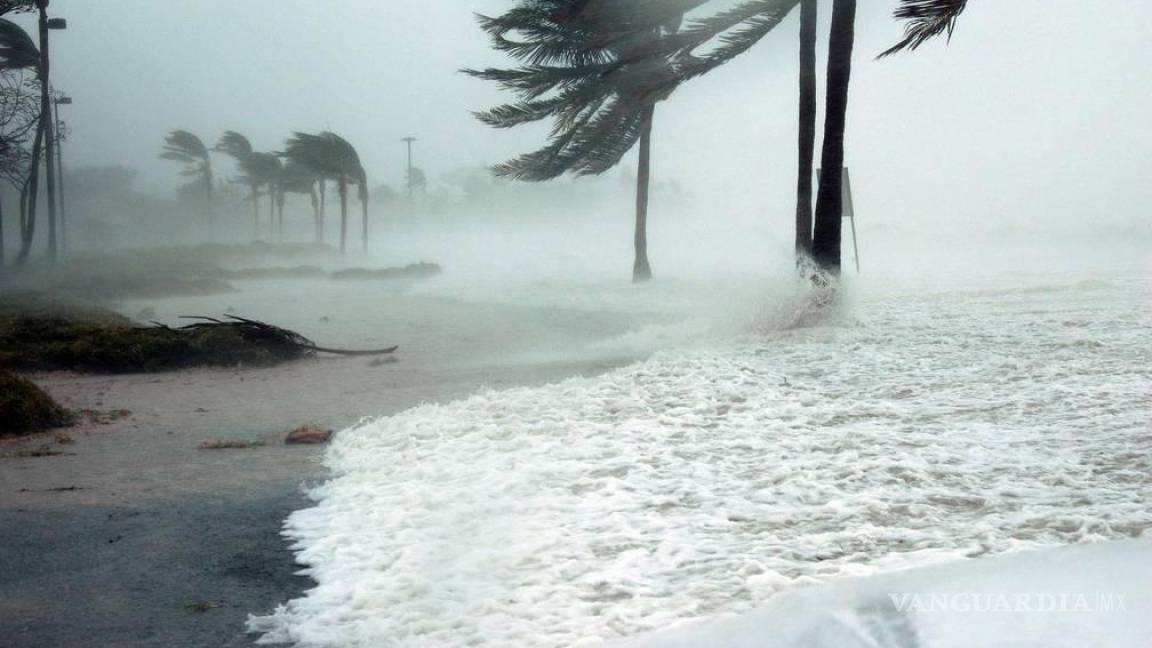The season in which tropical systems develop in the northeastern Pacific statistically has begun, and in the following days, more rains will start coming to Mexico from both coasts.
“The Mexican territory will be under threat of Tropical Cyclones in this Hurricane Season 2022 in which the states of the Pacific Ocean will be most affected by the effects caused by these climatological phenomena that usually have a devastating force and cause problems for coastal populations in the country”, warned Conagua.
It is estimated that during the 2022 Hurricane Season, 20 cyclones could form, including a tropical depression, 12 tropical storms, five category 1 and 2 hurricanes, and there is the threat of two intense categories 3 to 5 hurricanes.
The phenomenon known as ‘La Niña’ is the cause of the climatic effects showing abnormal behavior during 2022. The Pacific Coast will be significantly affected by the presence of this variation in the country’s climate.
The states that will be most affected by tropical cyclones in the Pacific Coast are Nayarit, Sinaloa. Baja California Sur, Guerrero and Oaxaca.
And on the Atlantic side, and the Gulf f Mexico, storms and tropical cyclones can be derived from the detachment of air masses from Africa that cross the Atlantic Ocean and gain force some of them turning into real monsters capable of tremendous devastation.
What is a hurricane?
A hurricane is a weather phenomenon that can be described as a giant funnel-shaped whirlpool. It can reach a diameter of one thousand km and a height of 10 km.
It can also produce winds with speeds of over 200 km/hour, with gusts of up to 400 km/hour; bringing heavy rain. The Mexican territory had never before received the direct impact of a category 5 hurricane (winds above 250 km per hour).
What to do in case of a hurricane?•
• Agree on the preventive activities that each person will carry out.
• Have a place to protect animals and equipment. Make necessary repairs to roofs, windows, and walls to prevent further damage.
Store fertilizers and insecticides in waterproof places and consider transportation in case you have sick relatives, the elderly, children, or people with disabilities.
• Determine a place to meet, in case you become separated.
• Have a list of emergency items on hand, such as a first aid kit, radio, battery-powered flashlight, extra batteries, and canned food.
• How to act during the passage of a hurricane, according to Civil Protection
• Maintain a high level of attention to official information.
• Learn about the location of temporary shelters.
• People on the high seas, islands, and maritime oil facilities, must attend to navigation and Civil Protection instructions.
• Be prepared for a possible evacuation.
In the event that the population considers that their home is safe and is not in a risk area, the prevention measures are:
• Fix and tie well what the wind can throw.
• Take animals and work equipment to a safe place.
• Store loose objects (pots, trash cans, tools, etc.) that can be thrown by the wind.
• Remove television antennas, signs, and hanging objects.
• Clean the roof, drains, gutters and drains, and sweep the street uncovering the sewers.
• Seal the cover of your well with a cement mixture to have uncontaminated reserve water.
In case of evacuation:
• Secure the house and take essential items with you.
• Keep calm.
• Stay informed.
• Disconnect all appliances and the power switch.
• Close the gas and water taps.
• Be alert for any emergency message on the radio, TV, or internet.
TYT Newsroom



